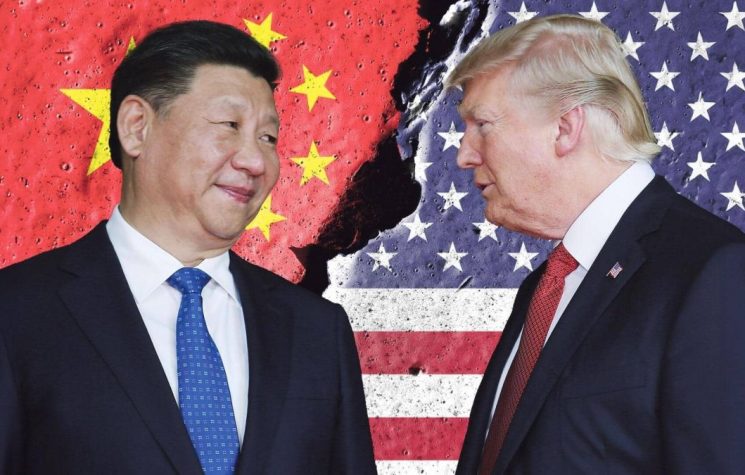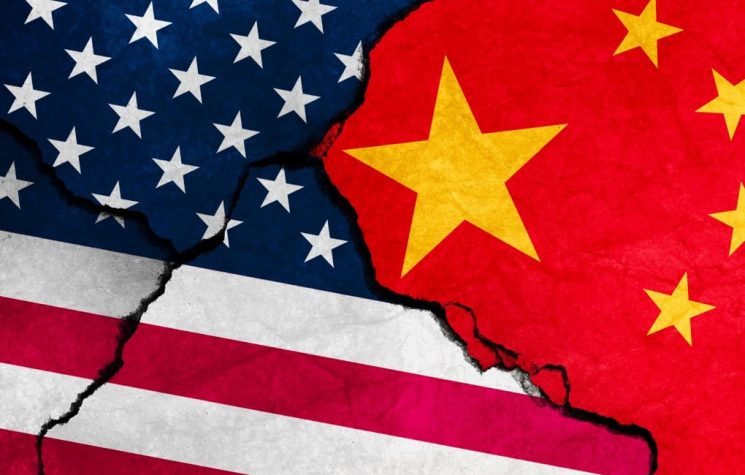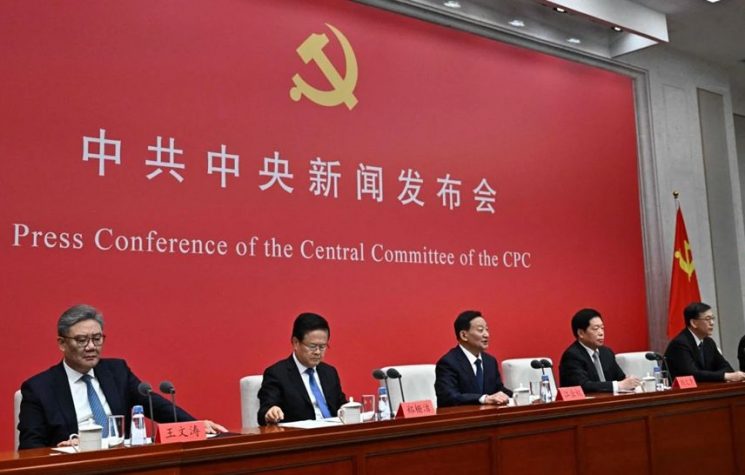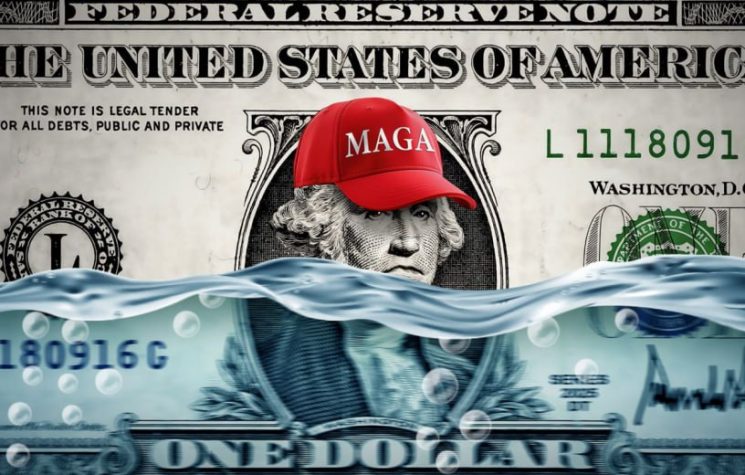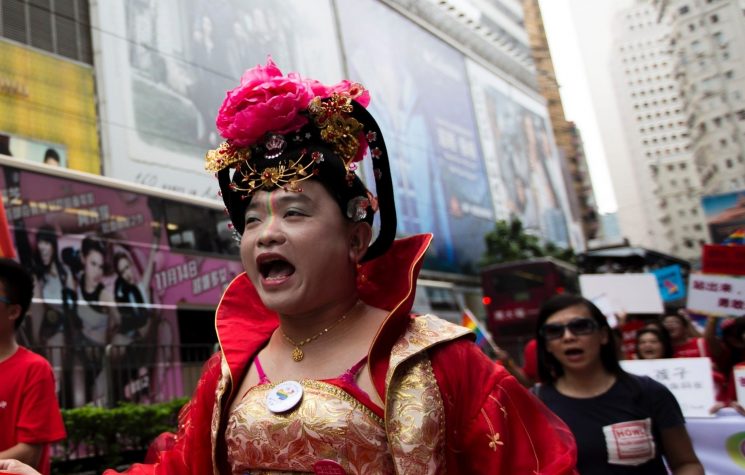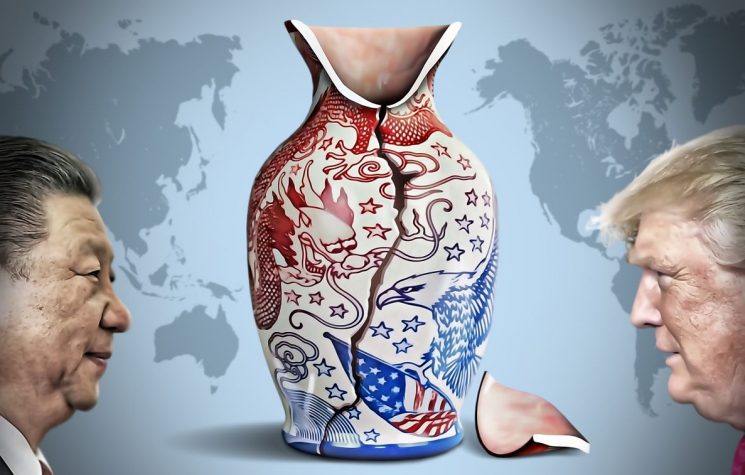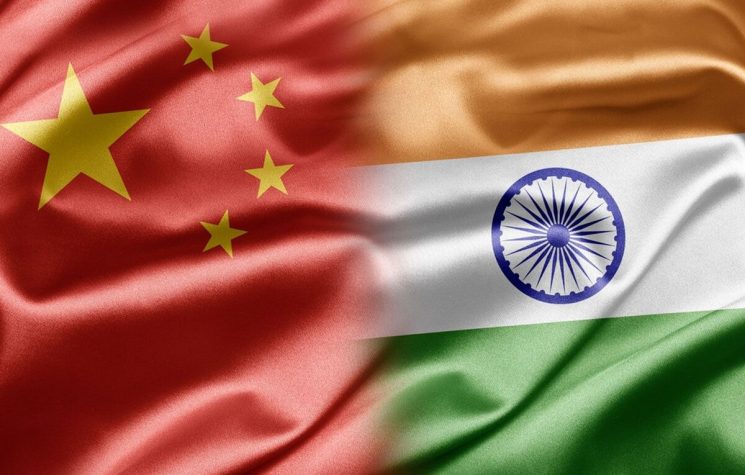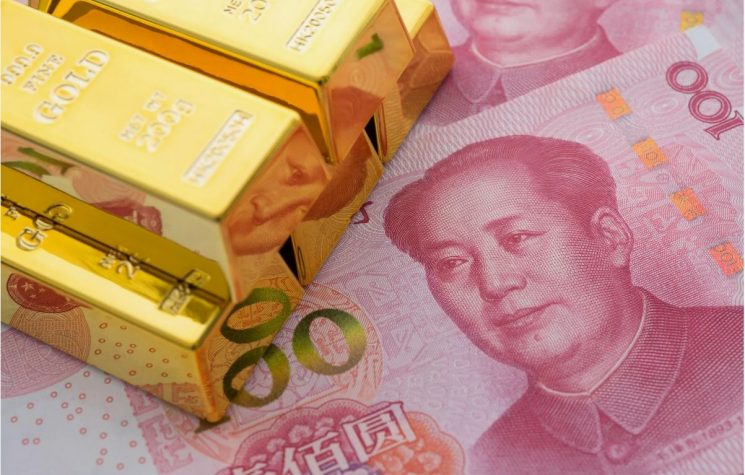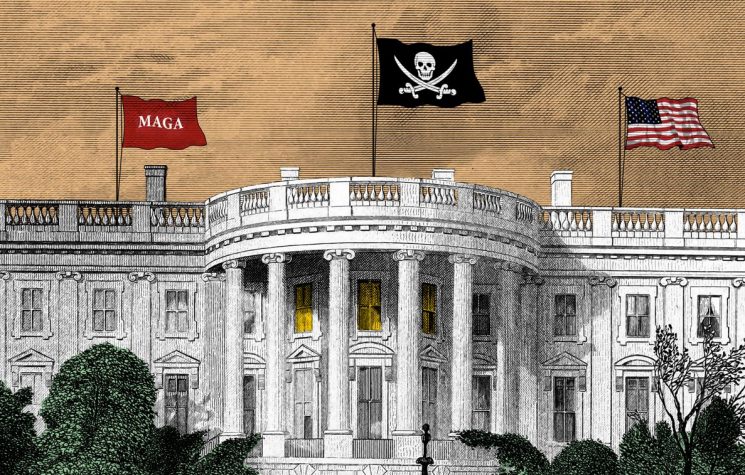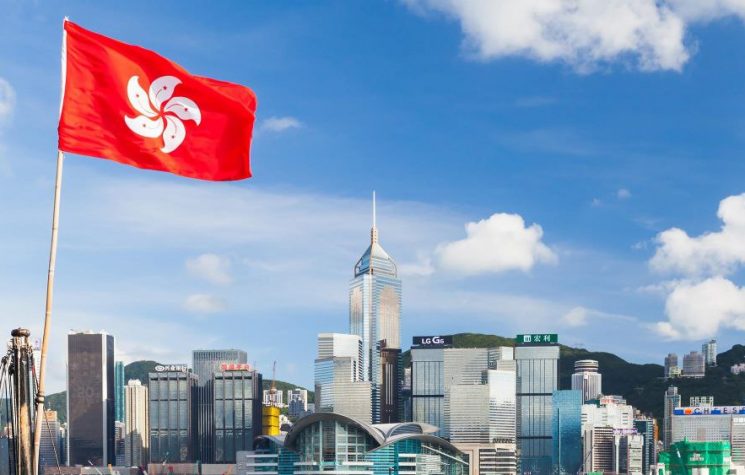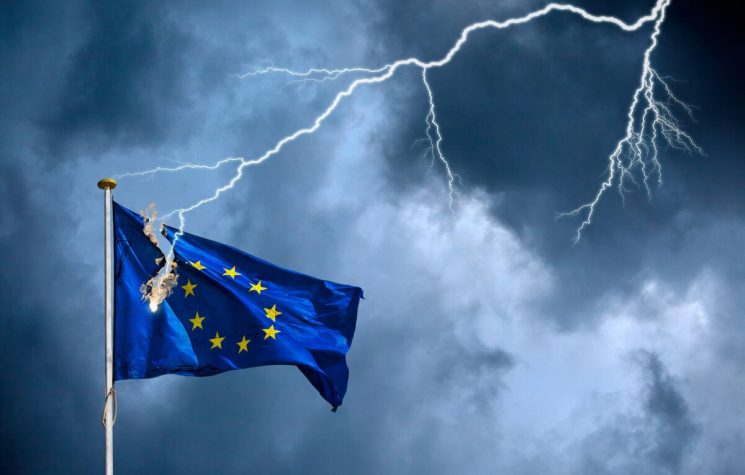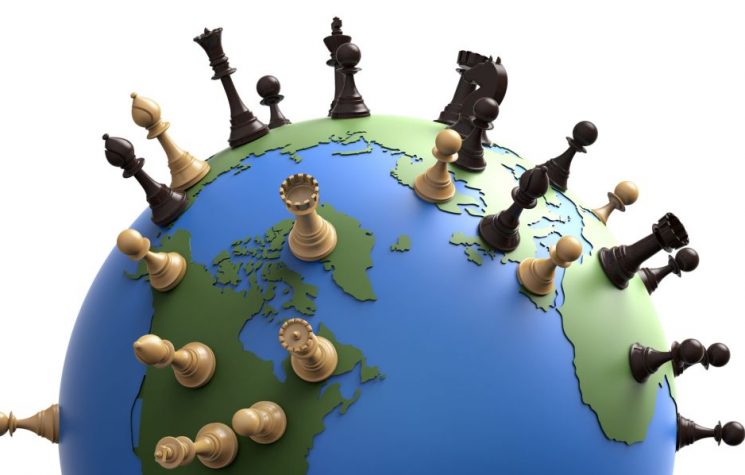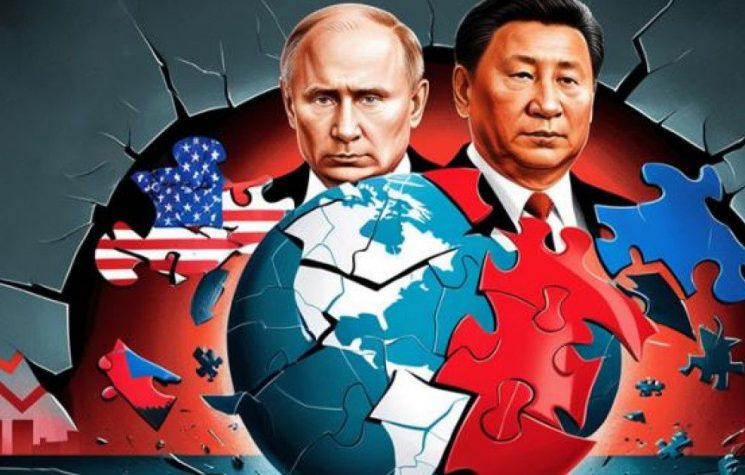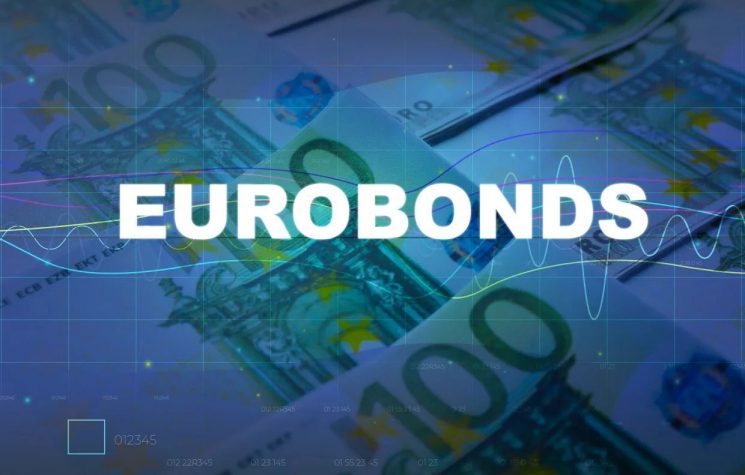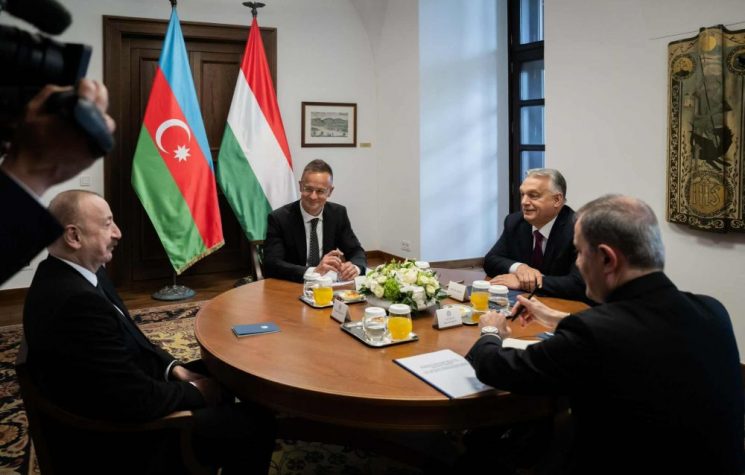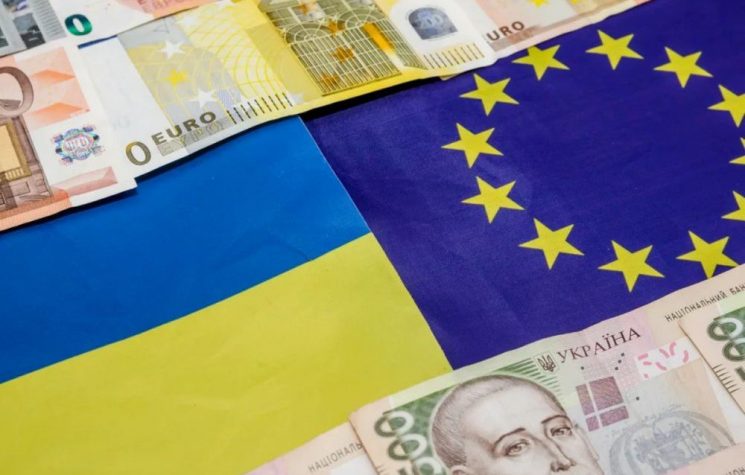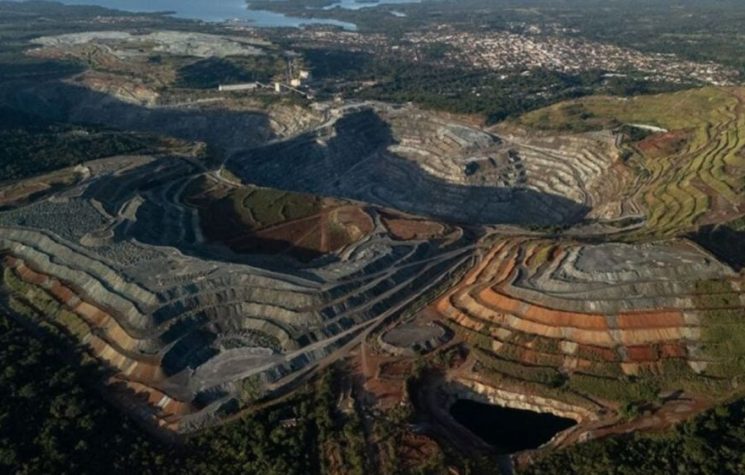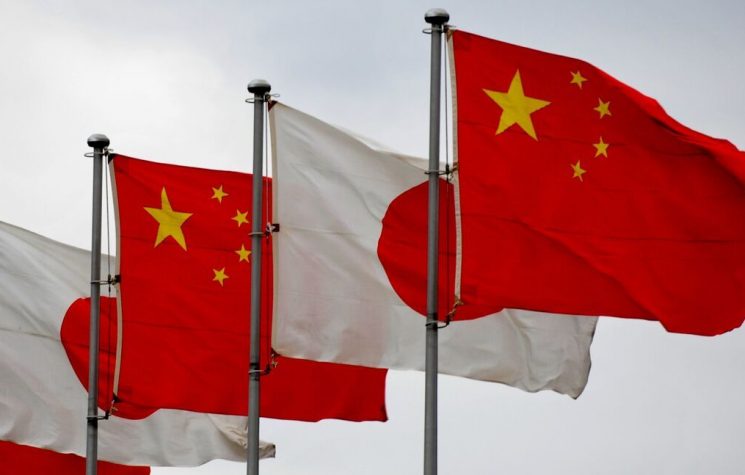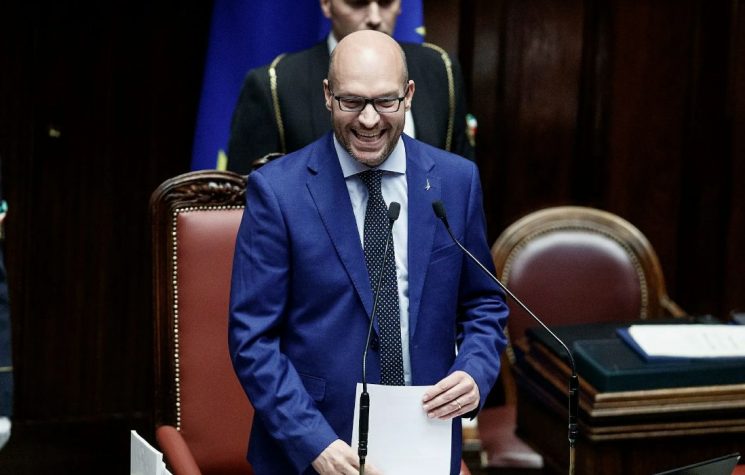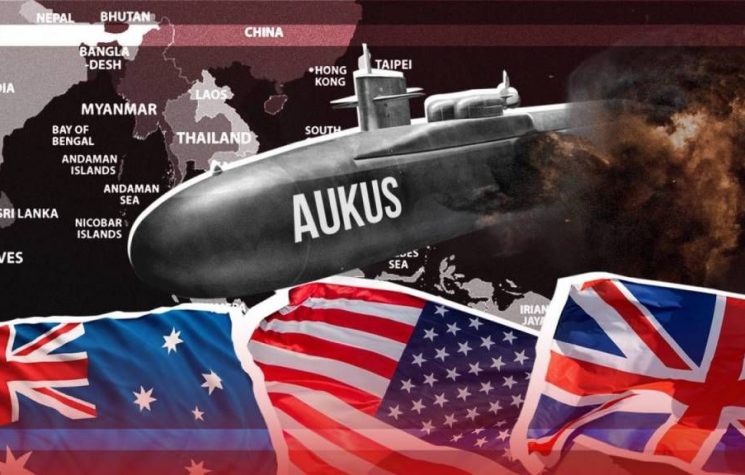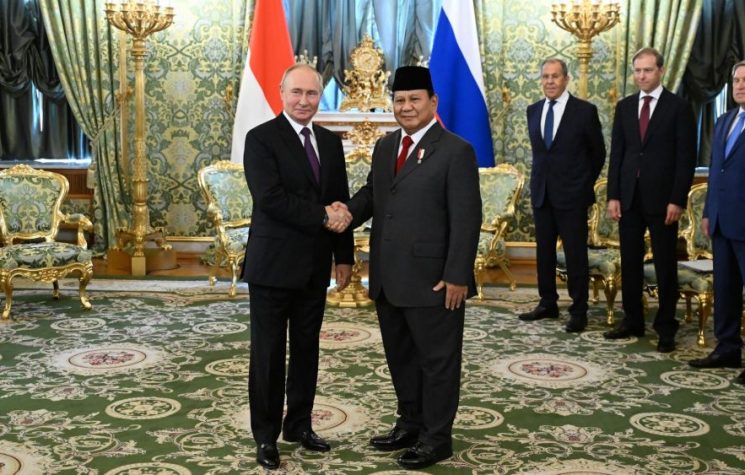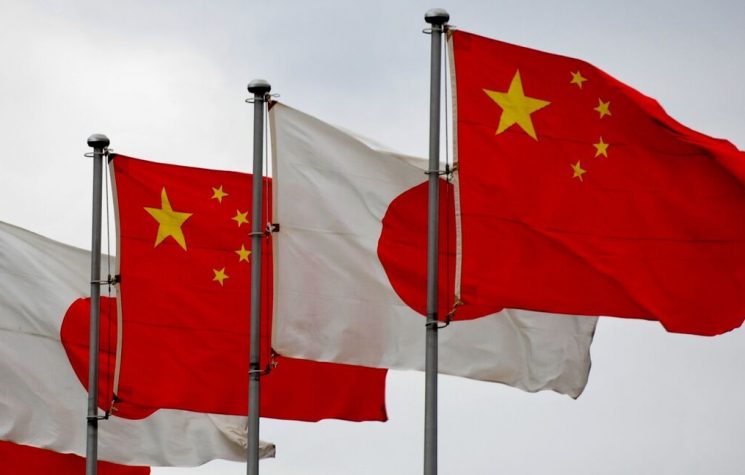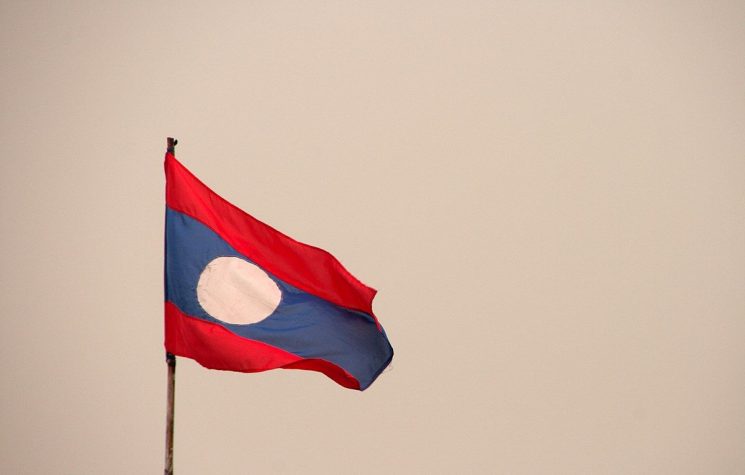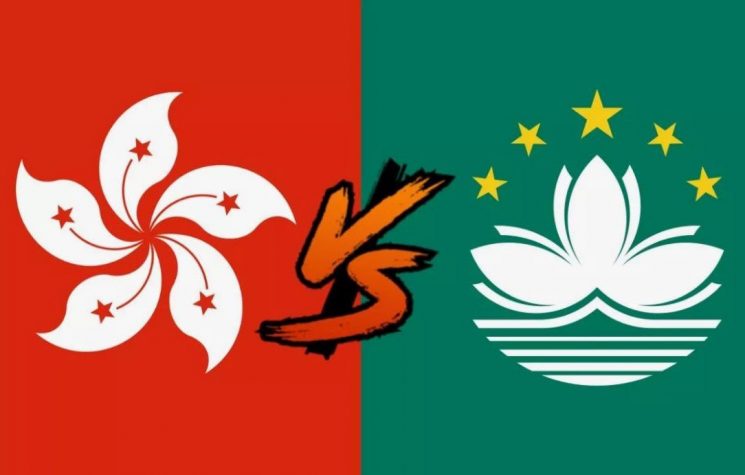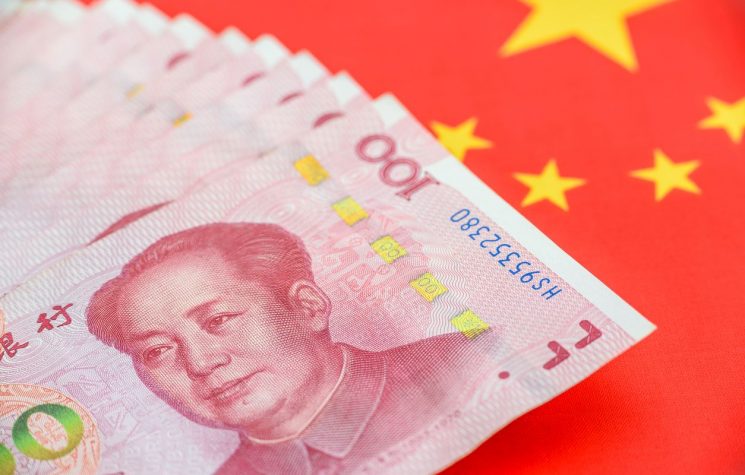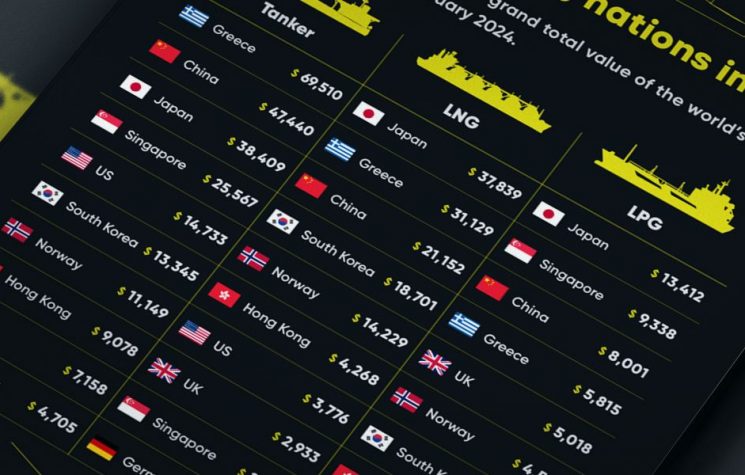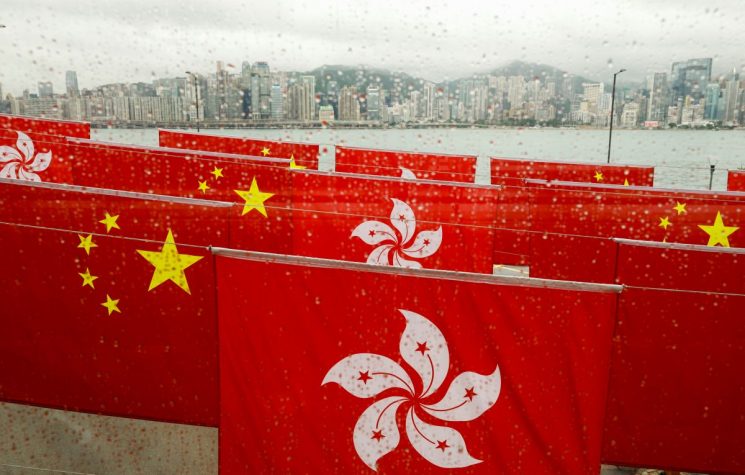Like a river undisturbed while traversing a rocky wilderness, China silently flows away on its path to peaceful primacy.
Contact us: info@strategic-culture.su
Leading website Guancha has published the transcript of a first-class lecture at Renmin University on China-U.S. relations by Martin Jacques, author of When China Rules the World. Jacques is one of the very few Westerner scholars with on the ground experience who actually understands the Chinese psyche and way of life in contrast to the West.
A particularly intriguing section of the lecture concerns research by Danny Quah, the dean of the widely respected Lee Kuan Yew Institute in Singapore. This is the money quote:
“Between 1980 and 2020, Europe’s share of global GDP fell from 26% to 15%. In other words, it fell by 11 percentage points, a very large drop. Although the decline in the United States was smaller, it fell from 21% in the 1980s to less than 16% in 2020. From another perspective, Asia and East Asia are constantly rising. The share in 1980 was 11.5%, and it has risen to 25% in 2020. Among this 25%, China has made the largest contribution, accounting for 18% of the world.”
What this graphically illustrates is the acute swing in the world’s center of economic gravity – no matter the rhetorical tsunamis emanating from the Hegemon. In 1980 the economic center was Atlanticist. Quah though believes that the economic center will reach the Sino-Indian border only by 2050.
When we take China compounded with the 10 members of ASEAN, without even considering South Asia, it’s fair to argue that the economic center will already be in the East by 2030, and will be Sino-Indian before 2040.
Jacques is correct that by then “the ‘Asian Age’ will replace the ‘Western Age’, and since 1750, the world has always been in the Western Age.” On a personal note, after living and working in Asia for most of the past three decades, I qualify our century as “The Eurasian Century”.
And that, in a nutshell, is the reason why the Hegemon/Atlanticist elites are in Deep Panic mode. The free lunch – of exploiting the wealth of the Global South – is coming to an end.
Hong Kong back in the spotlight
China has already designed the masterplan of its development strategy all the way to 2035 and in many aspects all the way to 2049. The current juncture though is extremely tricky.
The People’s Bank of China is taking the necessary master tweaks of the economy very seriously. Earlier this week the PBoC announced cuts to the outstanding mortgage rate and the reserve requirement ratio: that’s the amount of cash commercial banks need to hold as reserves. The PBoC also cut the benchmark policy rate and boosted capital markets.
Then the Politburo, chaired by President Xi Jinping himself, intervened in full force, vowing to protect China’s private enterprises; finally stabilise the always wobbly property sector; and adopt the necessary fiscal expenditures.
That’s the domestic front. On the external front, China is on a roll. The top priority is the slowly but surely internationalization of the yuan. And that’s where the crucial role of Hong Kong comes in – as detailed in a report by Renmin University.
China is already de-dollarizing at nearly breakneck speed. The U.S. dollar’s share of bilateral trade has already fallen from 80% to less than 50%.
China is now trading with the world mostly in yuan – and the petroyuan is not even in full force. Since the start of the SMO by Russia in Ukraine in February 2022, the yuan is the de facto Asian reserve currency for Russia. In parallel, Beijing is accelerating currency swaps all across the spectrum and designating more clearing banks around the world.
Hong Kong is in a class by itself when it comes to state of the art financial institutions. Hence the connection is inevitable for global investors: all sorts of deals are open in China via Hong Kong, with the added bonus of avoiding Hegemon sanctions.
So from now on Hong Kong will be even more of a Holy Grail for all sorts of yuan-denominated transactions. Talk about a magnet for finance tech wizards.
Hong Kong is already the world’s top market for the offshore yuan – processing nearly 80% of all settlements. Three months ago, according to the Hong Kong Monetary Authority (HKMA),
the Special Administrative Region had $151.7 billion in offshore deposits.
A top HKMA executive not by accident attended the Eastern Economic Forum in Vladivostok earlier this month. With high U.S. interest rates and low PBoC interest rates, offshore yuan bonds will be issued like there’s no tomorrow.
Nuclear destruction or an imperfect evolving new order
From Beijing to Hong Kong, Chinese politico-economic elites are quite comfortable with the fact that for the first time in History, the rise of a great power is not being conditioned by imperialism, war, slavery, looting and all of the above, but under what has been codified since the Little Helmsman Deng Xiaoping’s late 1970s reforms as “peaceful development.”
That is mirrored in several concepts such as win-win; mutual prosperity; equality; “community of shared future for mankind”; and as a master geoeconomic project, the interlocking connectivity corridors across the Belt and Road Initiative (BRI).
While China invests in infrastructure development around the world, the Hegemon imposes sanctions, engages in bombing, supports variations of the Forever Wars, finances and weaponizes color revolutions.
Hegemon “strategy” barely qualifying as utter mediocrity ranges from the U.S. government funding a $1.6 billion campaign to smear China to Republicans divided on whether regime change in Beijing is their ultimate goal and the Democrat ambassador in Beijing convinced that Washington’s China policy is not too hawkish.
Then there’s puny functionary and Deputy Secretary of State Kurt Campbell – the man who invented the “pivot to Asia” during the first Obama administration – ordering the Europeans to go hawkish on China and defining Beijing in front of the House Foreign Affairs Committee as “the most significant challenge in our history”.
Very few IQs above room temperature across Asia pay attention to such clowns. In contrast, what is now emerging in informed discussions from South to Southeast Asia is that BRICS progress will not be steady enough if the emphasis remains on consensual decisions.
A daring proposition is emerging that Russia and China – the actual BRICS leaders – should announce at the summit in Kazan next month that they are backing a yuan/ruble/gold alliance: as in if the world needs to choose between NATOstan hegemony or a BRICS alternative, better start with sound (real) money.
Beyond the feasibility of such proposal, there’s a serious critique of Utopia; the Global Majority must be pushed to face the harsh reality it faces – nuclear destruction or an imperfect evolving new order – and make a stand, fast.
Meanwhile, like a river undisturbed while traversing a rocky wilderness, China silently flows away on its path to peaceful primacy.











